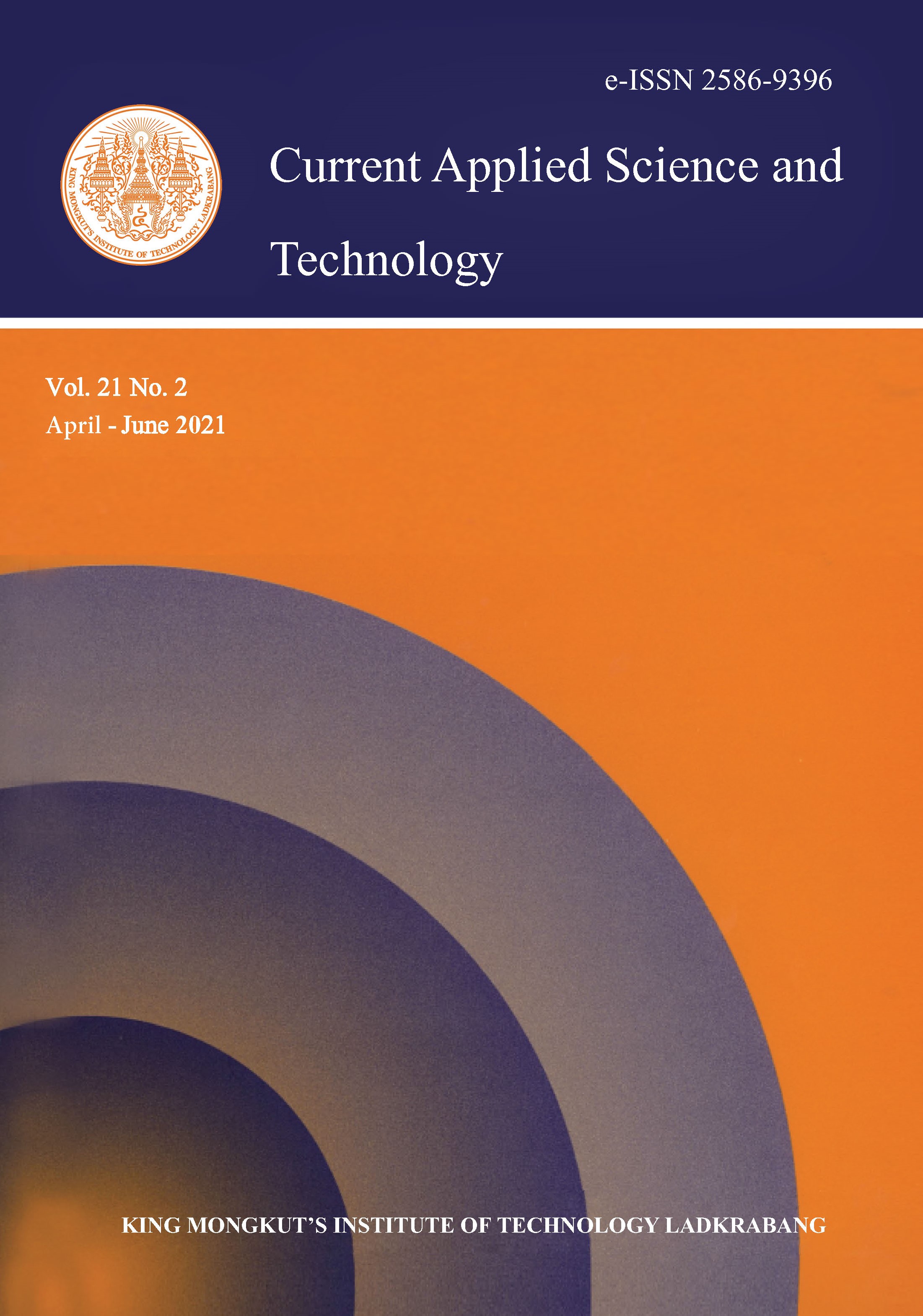This research proposes an optimal double acceptance sampling plan (DSP) for manufacturing that is affected by zero-inflated data. Suppose that the number of defective items for sample inspection is considered to be under Zero-inflated Poisson (ZIP) distribution. A multi-objective optimization using Genetic Algorithm is applied to calculate the optimal parameters of the proposed DSP, which is concerned with maximizing the probability of acceptance sampling plan and minimizing the total cost of inspection and the average number of samples simultaneously. The optimal solution was focused on the design of the required sample sizes based on three different scenarios. The results showed that the first sample and the second sample should be equal . Moreover, it was found that the probability of extra zeros under the ZIP distribution affects the required sample sizes and the performance of the proposed DSP. Illustrations for selecting the optimal parameters of the proposed DSP are also provided. Real data with excess zero is used to illustrate the application of the proposed DSP.
Keywords: double acceptance sampling plan; zero-inflated poisson distribution; probability of extra zeros; probability of acceptance sampling plan; Genetic Algorithm; multi-objective optimization
*Corresponding author: Tel.: (+66) 2549-4137 Fax(+66) 2549-4138
E-mail: wimonmas_b@rmutt.ac.th
Charongrattanasakul, P. undefined. ., & Bamrungsetthapong*, W. undefined. . (2020). Designing of Optimal Required Sample Sizes for Double Acceptance Sampling Plans under the Zero-Inflated Defective Data. CURRENT APPLIED SCIENCE AND TECHNOLOGY, 227-239.

https://cast.kmitl.ac.th/articles/246814